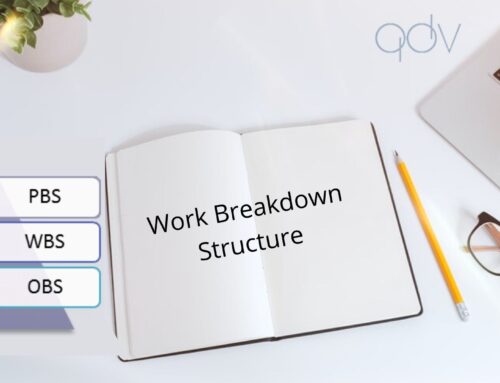A work breakdown structure (WBS) is a standard project management building block. It depicts the program and project work hierarchy and is often used in programs that use waterfall or predictive project life cycles. As a result, there are numerous advantages to employing WBS project management.
Is it really worth it to put in all that effort and prepare so many project scope documents? Yes! A complex project cannot be led with the scope described as a list of bullet points. The work breakdown structure (WBS) is the instrument for breaking down work and maintaining the integrity and traceability of scope items.
If that isn’t enough of a reason, consider the following advantages of employing a work breakdown structure for project management.
- Determine All of The Work
Doesn’t this seem self-evident? Who begins a project without fully understanding the scope of the work? In the actual world, though, work falls through the cracks. And, on a project with tight timelines and stringent specifications, leaving something out can have a negative impact on your profitability as a contractor.
- The Bigger Picture is Highlighted
When everyone understands the WBS as a hierarchical framework and a visual map of what has to be done, they will be able to see where they fit into the larger project management plan. The work breakdown structure underlies how control accounts are set up for cost management, which aids in overall performance management.
- Enhances Communication
Detailed project information facilitates communication among project team members. There are numerous interactions involved in scoping and planning the job packages. These discussions serve to clarify roles and duties, assure that everyone is on the same page, and set the team up for future success.
- Reduces Changes
The project objectives are explicit, and the work breakdown structure (WBS) is correct. This should result in fewer adjustments throughout the execution phase. However, the more adjustments you can make to project deliverables, the better the team’s chances of meeting customer expectations and mitigating the impact of the cost of change.
- Assists in the Identification of Risks.
Workshops that identify general risks are frequently used in project risk management. When you employ a work breakdown structure, you can detect hazards at the work package level. This makes the risk detection effort much more specific and contract-specific.
Why Should We Use WBS in Project Management?
In project management, a work-break structure is a deliverable-oriented split of a project into smaller components. As a result, rather than estimating the entire project, it is easier to estimate and manage the resources and budget for these smaller components.
There are numerous reasons why splitting down a huge project is advantageous. Among them are:
- It assists you in cost estimation.
- It aids in the establishment of dependencies.
- Provides a visual depiction of all project components.
- Determine the dangers.
- Increases productivity.
- It aids in the identification of resources.
- Assign positions and tasks.
- It is useful for tracking the progress of a project.
In The End
The Work Breakdown Structure is a critical planning tool for defining a project’s outputs while also giving a mechanism for breaking these deliverables down into meaningful work units.
What work packages are you using on your projects? Give it a shot if you haven’t already. If you’re ready to start looking for software automation tools, QDV is here to help. QDV is the best and most adaptable advanced estimating solution available, meeting the needs of both large and small businesses.





Leave A Comment
You must be logged in to post a comment.